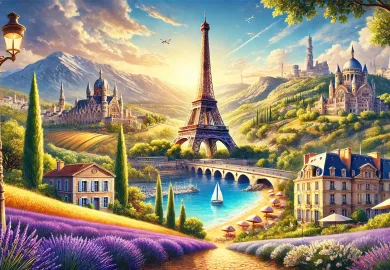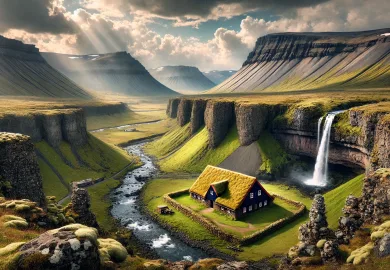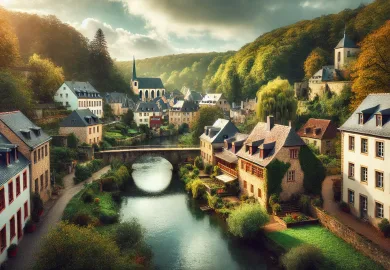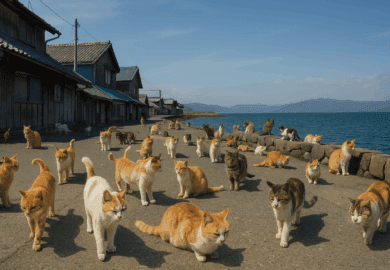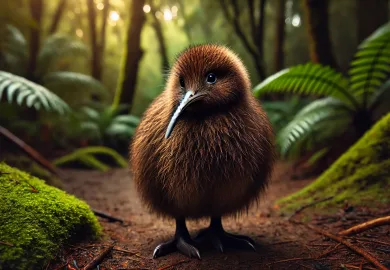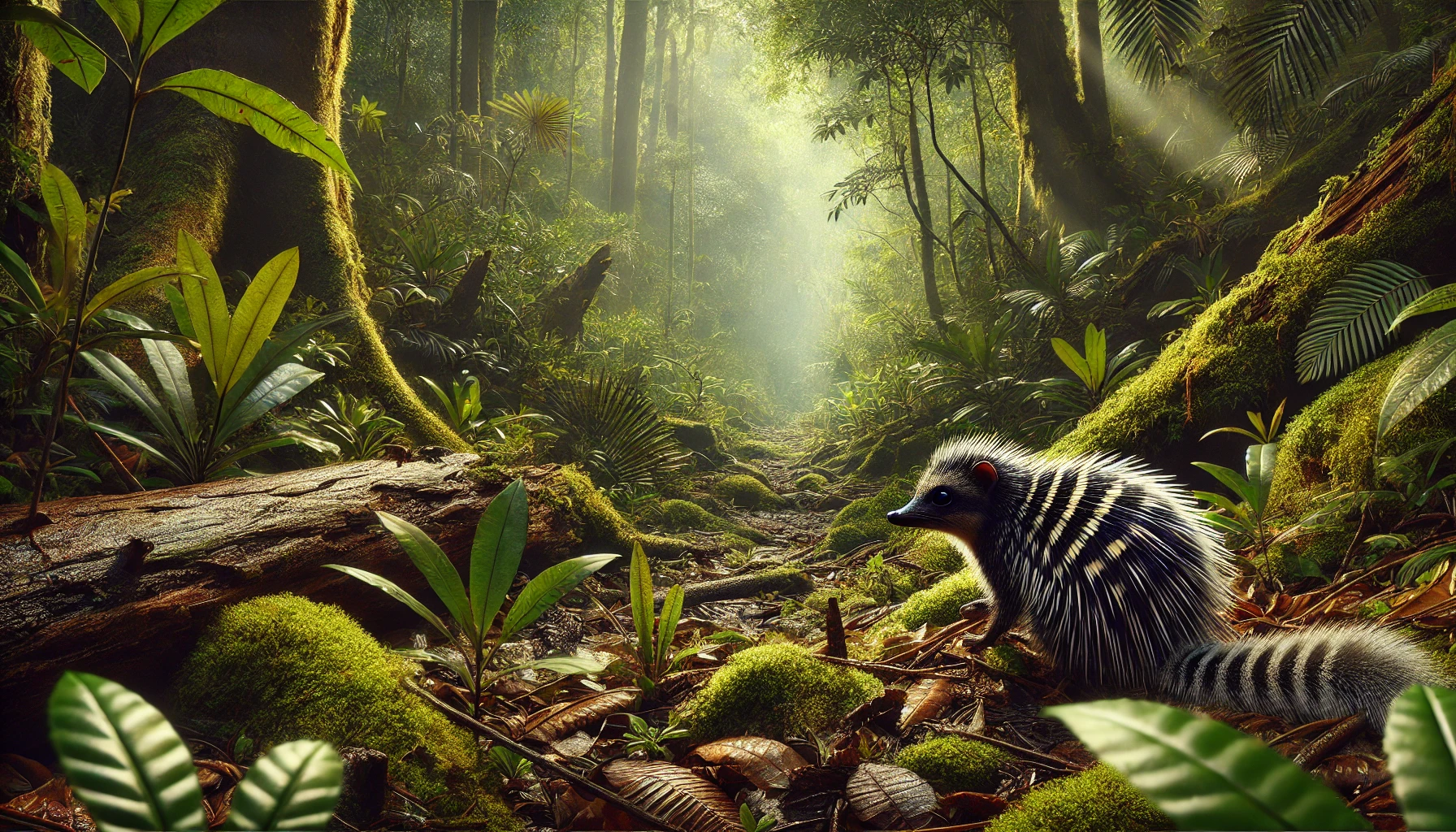
The Lowland Streaked Tenrec, scientifically known as Hemicentetes semispinosus, is one of nature’s most fascinating and unusual creatures. Found exclusively in Madagascar’s tropical rainforests, this small mammal stands out not just for its distinctive appearance but also for its remarkable adaptations and behaviors. With its vibrant yellow and black stripes, spine-covered body, and bizarre social habits, the Lowland Streaked Tenrec offers a glimpse into the incredible diversity of life on Earth. Despite its relatively small size, this tenrec is packed with unique features that make it an extraordinary subject of study for biologists and nature enthusiasts alike.
The Distinctive Appearance of the Lowland Streaked Tenrec
The Lowland Streaked Tenrec is immediately recognizable by its striking appearance, which sets it apart from other mammals. The most prominent feature is its bold coloration, with alternating black and yellow stripes running along its body. This pattern not only serves as a visual deterrent to predators but also adds to the tenrec’s appeal as one of the most visually captivating mammals.
Another distinctive characteristic of the Lowland Streaked Tenrec is its spiny coat. Unlike typical fur, the tenrec’s body is covered with sharp spines, particularly concentrated along its back and sides. These spines are not merely for show; they serve as a defensive mechanism. When threatened, the tenrec can raise these spines to appear larger and more intimidating. Additionally, the spines on the back of its neck can be used as a weapon, making it a formidable opponent despite its small size.
Perhaps the most unusual aspect of the Lowland Streaked Tenrec’s appearance is the presence of specialized quills on its back. These quills, known as stridulating organs, can be rubbed together to produce a series of sounds. This ability, which is more commonly found in insects, is unique among mammals and serves as a form of communication among tenrecs. The sounds produced by these quills can be used to warn off predators or to communicate with other members of their social group.
The Fascinating Behavior of the Lowland Streaked Tenrec
In addition to its striking appearance, the Lowland Streaked Tenrec exhibits a range of behaviors that make it an intriguing subject of study. One of the most interesting aspects of its behavior is its social structure. Unlike many other solitary mammals, Lowland Streaked Tenrecs are known to live in family groups. These groups, which can consist of up to 20 individuals, exhibit cooperative behaviors such as grooming and group defense.
The Lowland Streaked Tenrec is also known for its unique foraging behavior. Primarily insectivorous, it uses its elongated snout and specialized teeth to hunt for earthworms, insects, and other small invertebrates in the forest floor. Its acute sense of smell allows it to detect prey hidden beneath leaves or in the soil. Once it locates its prey, the tenrec uses its sharp claws to dig into the ground, extracting its meal with remarkable efficiency.
Another fascinating behavior of the Lowland Streaked Tenrec is its method of communication. As mentioned earlier, the tenrec uses its stridulating quills to produce sounds, a behavior that is highly unusual among mammals. These sounds can vary in frequency and intensity, allowing the tenrec to convey different messages to other members of its group. This form of communication is especially useful during the breeding season, when males use their quills to attract females or to challenge rival males.
The Habitat and Distribution of the Lowland Streaked Tenrec
The Lowland Streaked Tenrec is native to the island of Madagascar, where it inhabits the tropical rainforests that cover much of the island’s eastern side. These rainforests are characterized by high humidity, dense vegetation, and a rich biodiversity, providing an ideal environment for the tenrec to thrive. Within these forests, the tenrec prefers areas with plenty of ground cover, such as leaf litter and underbrush, where it can forage for food and hide from predators.
Despite being restricted to a relatively small geographic range, the Lowland Streaked Tenrec is surprisingly adaptable to different environmental conditions within its habitat. It can be found at varying elevations, from lowland forests near sea level to montane forests at higher altitudes. This adaptability allows it to exploit a range of ecological niches, making it one of the more resilient species in its environment.
However, the Lowland Streaked Tenrec’s habitat is under threat due to deforestation and habitat degradation. The rainforests of Madagascar are being cleared at an alarming rate for agriculture, logging, and human settlement, leading to a significant loss of biodiversity. As a result, the tenrec’s population is declining, and it is now listed as a species of concern by conservation organizations. Efforts are being made to protect its habitat and ensure the survival of this unique species, but much work remains to be done.
The Conservation Challenges Facing the Lowland Streaked Tenrec
The Lowland Streaked Tenrec faces several significant conservation challenges, largely due to human activities. One of the most pressing issues is habitat loss, as the rainforests of Madagascar are rapidly disappearing. This deforestation is driven by several factors, including slash-and-burn agriculture, illegal logging, and the expansion of human settlements. As the tenrec’s habitat shrinks, so too does its population, leading to concerns about its long-term survival.
In addition to habitat loss, the Lowland Streaked Tenrec is also vulnerable to hunting. While it is not a primary target for hunters, it can be caught inadvertently in traps set for other animals. Furthermore, in some regions, tenrecs are hunted for food, although this practice is not widespread. Hunting, combined with habitat destruction, poses a significant threat to the species, particularly in areas where human populations are expanding.
Conservation efforts are underway to protect the Lowland Streaked Tenrec, but these efforts face several challenges. One of the main difficulties is the lack of awareness about the species, both within Madagascar and internationally. The tenrec is not as well-known as other endangered species, such as lemurs, which means it often receives less attention and funding for conservation. Moreover, the remote and difficult-to-access nature of its habitat makes conservation work challenging.
To address these challenges, conservationists are focusing on habitat protection and restoration. Efforts are being made to establish protected areas within Madagascar’s rainforests, where the tenrec and other species can live without the threat of deforestation. Additionally, programs aimed at educating local communities about the importance of biodiversity and sustainable land use are helping to reduce the impact of human activities on the tenrec’s habitat.
In conclusion, the Lowland Streaked Tenrec is a remarkable example of Madagascar’s unique biodiversity. With its striking appearance, unusual behaviors, and specialized adaptations, it represents a fascinating chapter in the story of evolution. However, the challenges it faces underscore the urgent need for conservation efforts to protect its habitat and ensure that this incredible species continues to thrive in the wild. As we learn more about the tenrec and its role in the ecosystem, we are reminded of the delicate balance that sustains life on our planet and the importance of preserving it for future generations.

